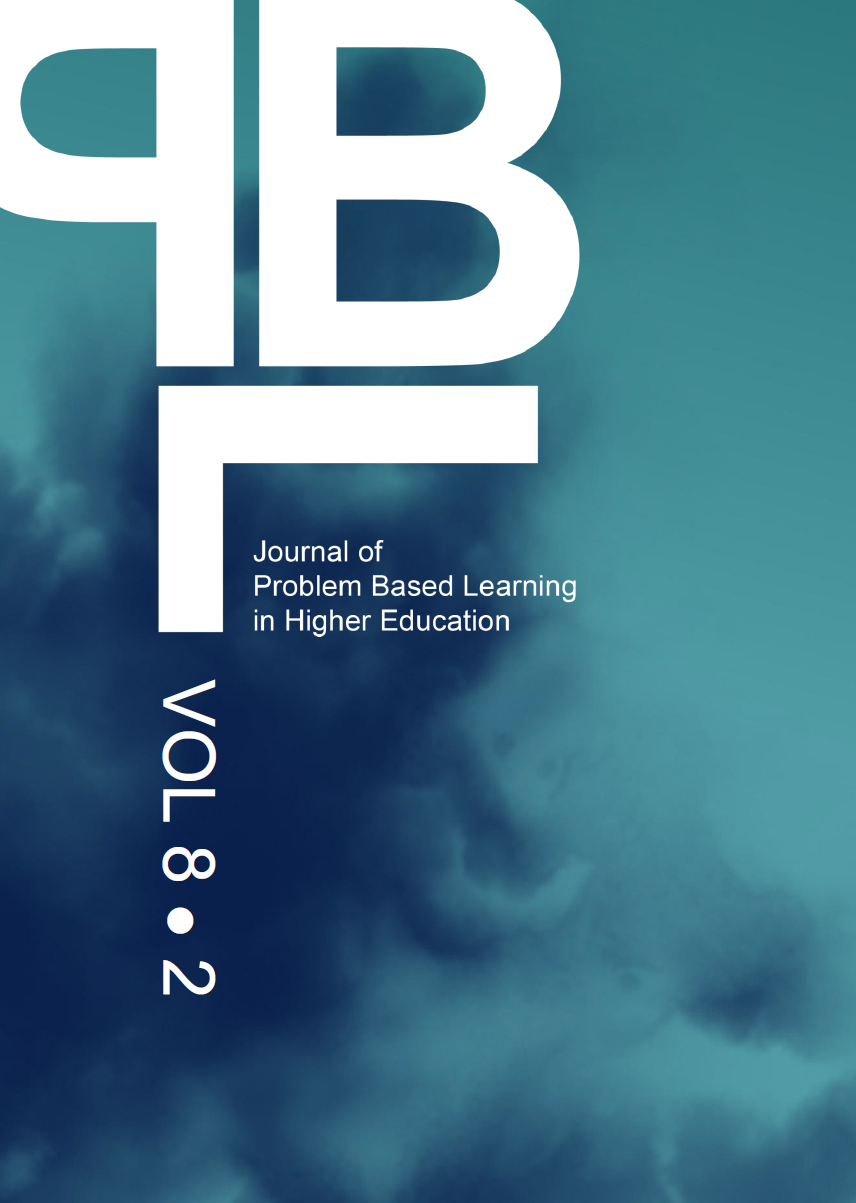Abstract
The organization of knowledge influences how effectively students learn, so that if the information are well structured and the knowledge acquisition process is carried out in a systemic way, one can more effectively retrieve pieces of knowledge. To tackle this problem a common document format used in academia, IMRaD (Introduction, Method, Results and Discussion), can help students in natural science and engineering education to approach the problem of knowledge organization in a systemic way from the beginning of the learning process.
In this study, we explore the use of the IMRaD format for students pursuing undergraduate and master's degrees as a tool for learning whilst making the project report more comprehensible for readers. The predefined document structure cannot be considered the solution to all learning issues and it should not limit the unpredictability, which is necessary during the creative thinking typical of the research environment.
Articles published in Journal of Problem Based Learning in Higher Education are following the license Creative Commons Attribution 4.0 (CC-BY)
Authors retain copyright and grant the journal right of first publication with the work simultaneously licensed under a Creative Commons Attribution 4.0 International License (CC-BY). Further information about Creative Commons
